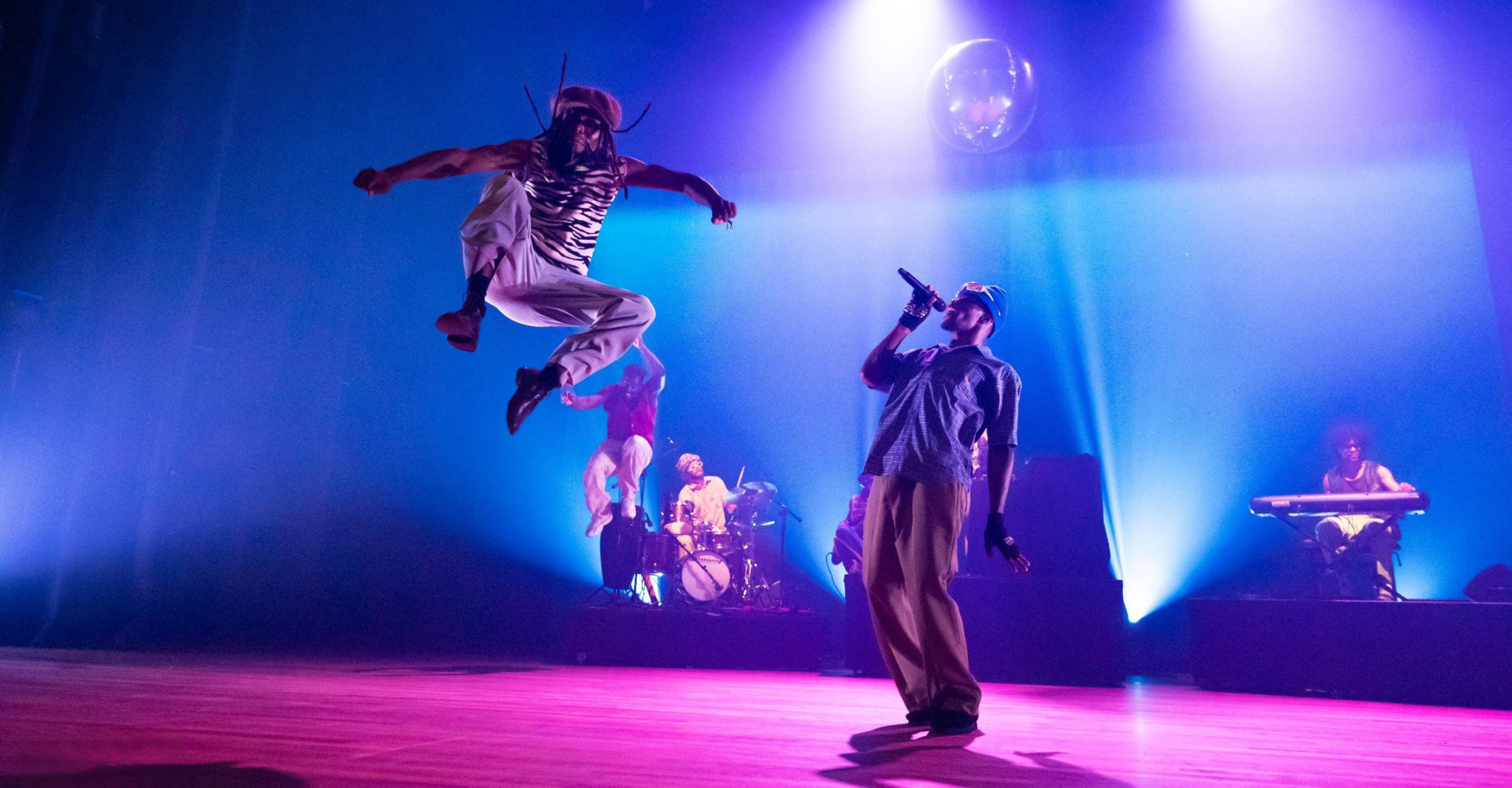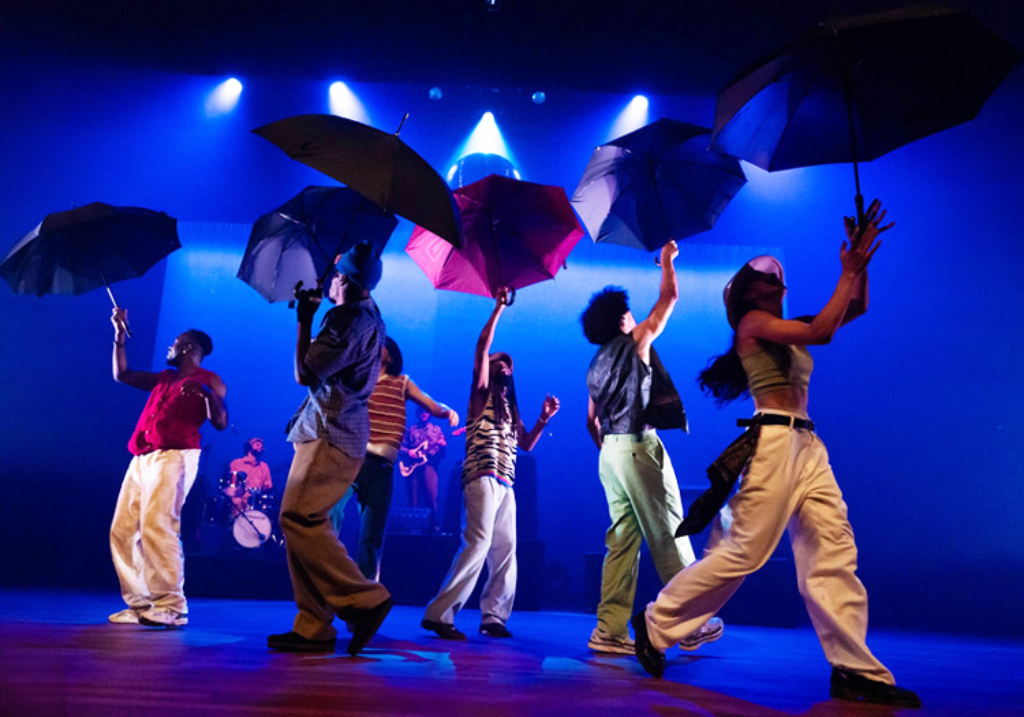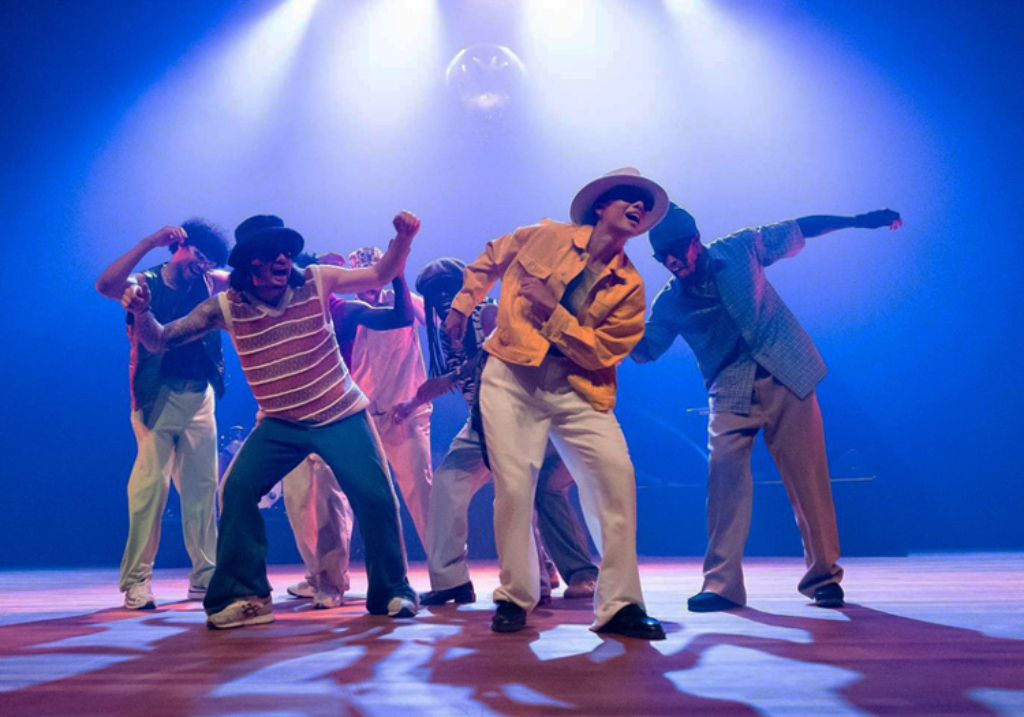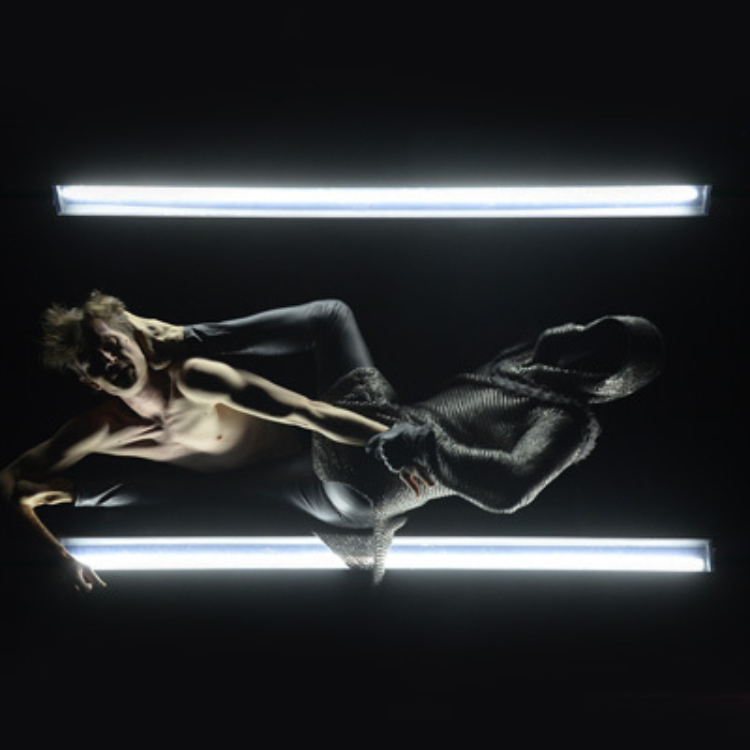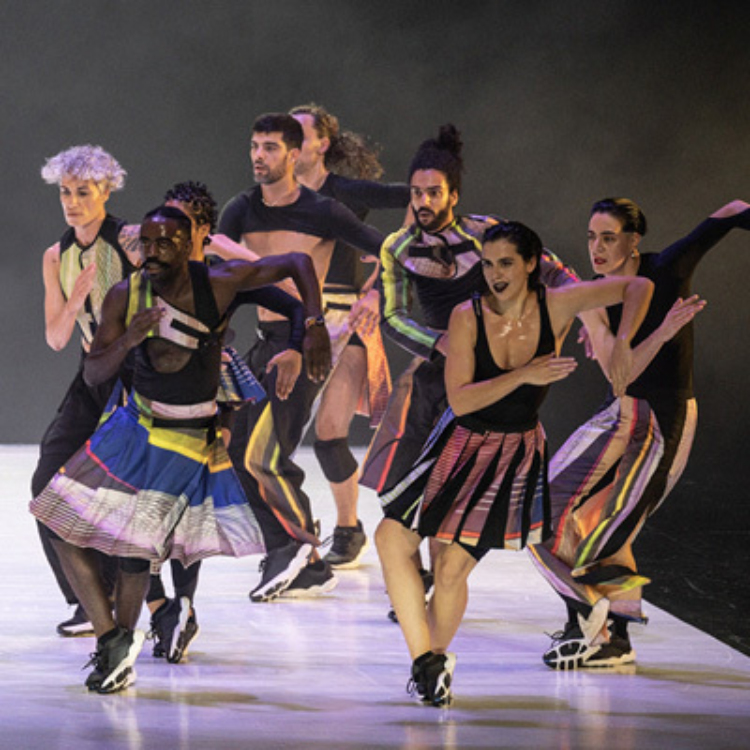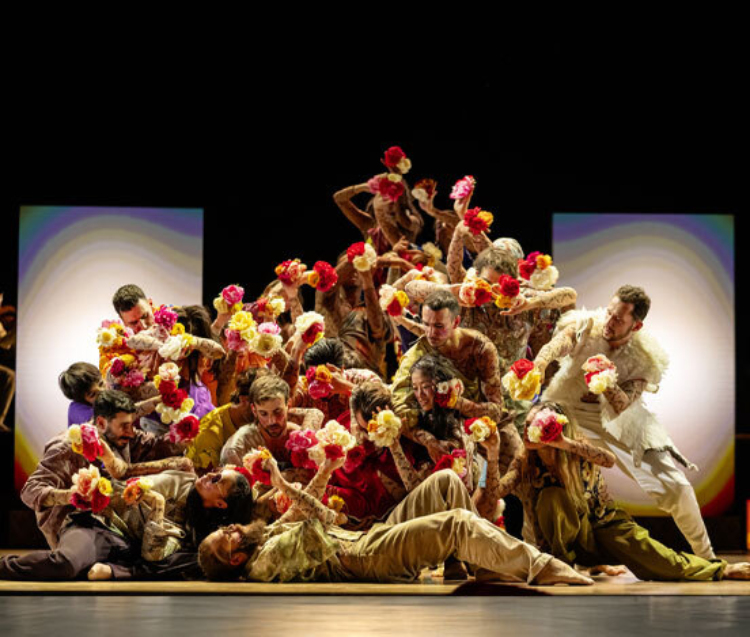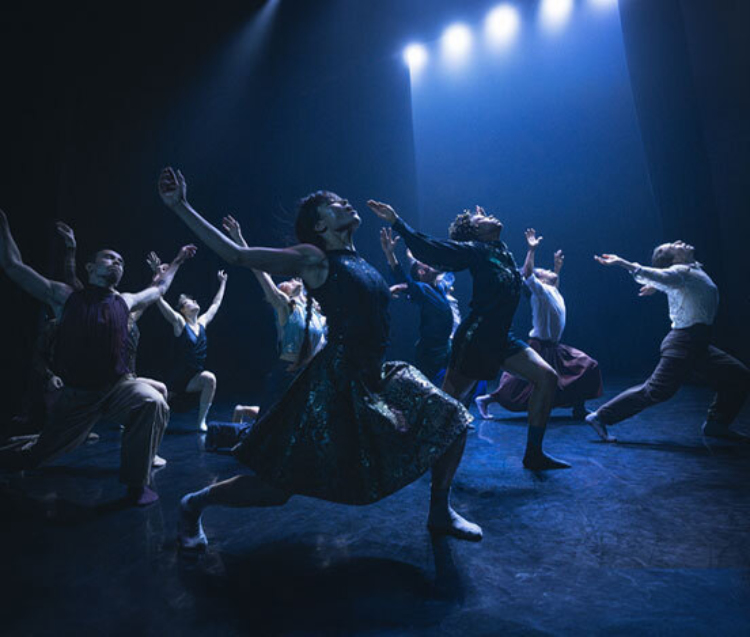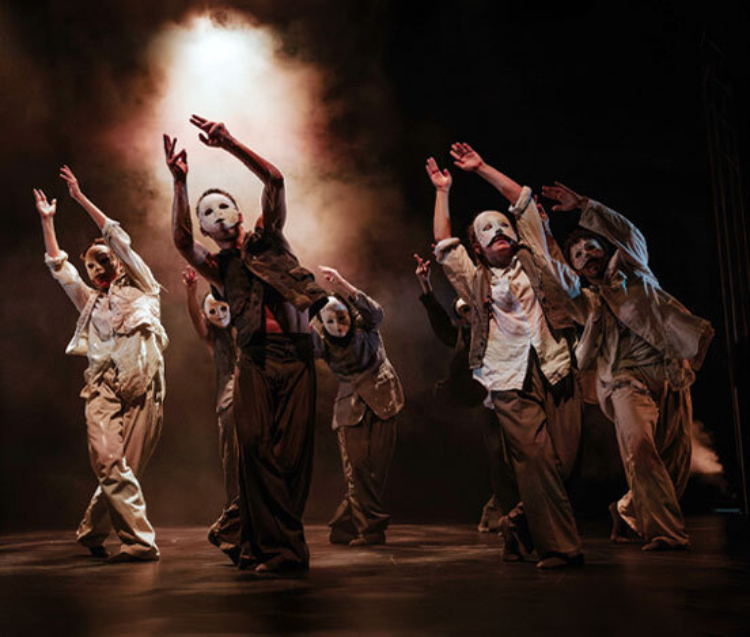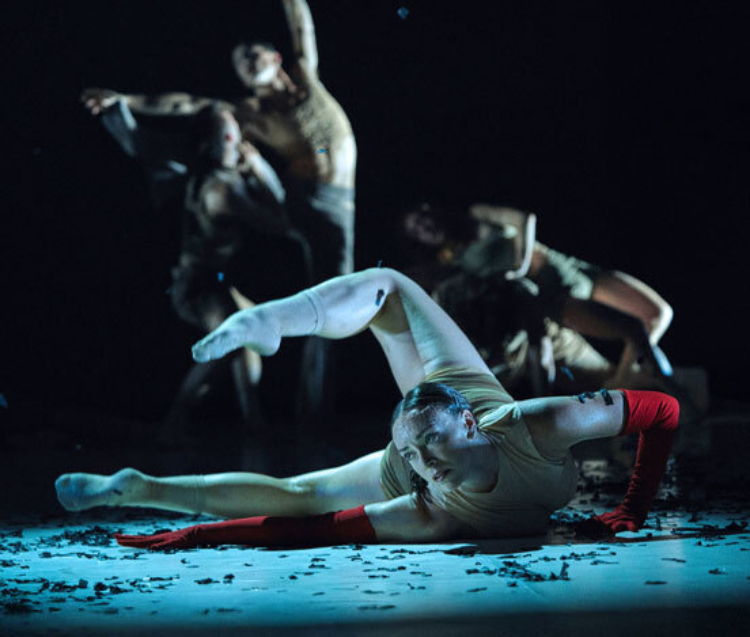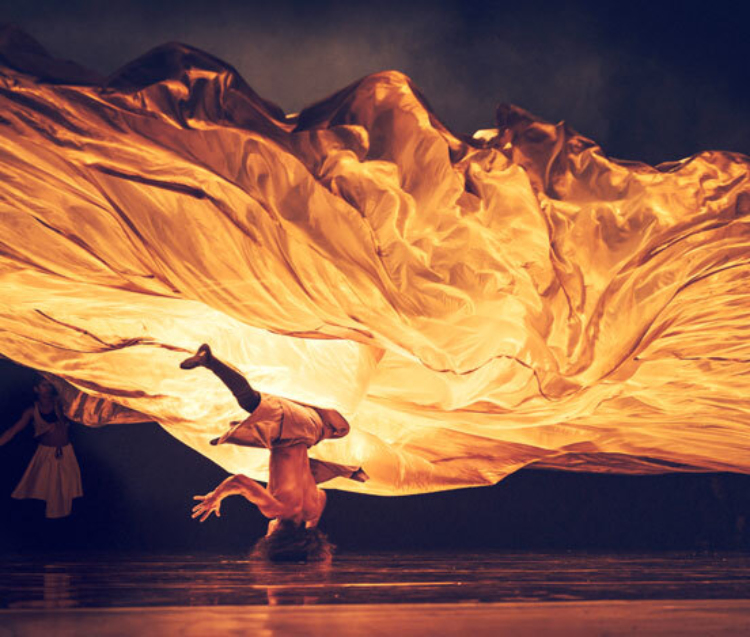A word from the festival team
Dear audience,
On this Labor Day weekend, we're delighted to celebrate the start of the new season in the vibrant spirit of street dance, where sharing, passion and generosity come together! Tonight, you're in for a unique experience, a pure concentrate of energy, with the GROOVE show. As the name suggests, get ready to groove with The Ruggeds and Ghetto Funk Collective - two of the biggest names in Dutch street dance.
It's a memorable moment for JOAT Festival international de street dance. This 3rd edition in the heart of the Quartier des spectacles marks the very first time that the festival program includes a show in the theater. We're proud that GROOVE will be presented here, on the Théâtre Maisonneuve stage, in its North American premiere.
The artists' boundless energy will introduce you to the many facets of street dance culture: from house to funk, breaking, locking and much more. Each style tells a unique story, and tonight we invite you to dive into the diversity that embodies the richness and authenticity of street dance.
Thank you for being here, thank you for taking part in these celebrations, and above all, thank you for vibrating to the rhythm of street dance with us!
Enjoy the show!
The JOAT Festival international de street dance team
A word from the artists
We’re beyond thrilled to make our debut with Groove in Canada! Montreal, get ready, because you’ll be the very first to experience our electrifying version of ‘The Bus Stop’ overseas.
This is not your typical show where you sit quietly – and trust us, neither will we! Prepare to be part of the action as we invite the audience to dive into our game of improvisation. You’ll have the power to choose which dancer pairs up with which musician, creating spontaneous, unforgettable performances. It’s a dynamic, interactive experience that’s as entertaining for the audience as it is for us.
We can’t wait to share the energy, the excitement, and the pure joy of this unique show with you!
Jessy 'FORTBEIGE' Kemper — Artist and artistic representative from the Ruggeds
About the Work
Excerpt from Le Devoir article
«Groove»: incarner l'essence du hip-hop
By Léa Villalba
As the name suggests, Groove is defined by its funk music. Hip-hop elements also punctuate the sound performances. In terms of dance, the focus is on breaking and locking, two of the oldest dances in hip-hop culture. “The mix of these styles creates a unique, high-energy experience that stays true to the roots of street dance while exploring new artistic expressions,” says Virgil ‘Skychief’ Dey. To create his dance, he draws on many elements of hip-hop culture, but also beyond it. “My Ghanaian roots play an important role in the creation of my dance and my creative process. The rich cultural heritage, rhythms and movements deeply influence my style,” continues the man who won the national BC One Cypher competition in 2013.
For The Ruggeds and Ghetto Funk Collective, hip-hop culture is inseparable from their artistic practices. “It's at the heart of everything I do,” expresses Virgil ‘Skychief’. This culture guides my approach to shows, from the music selection to the dance moves and the overall mood of the show. I seek to embody the essence of hip-hop in every show, staying true to its roots while pushing its boundaries.”
Urban dance glossary
To learn more about the different dance styles that make up street dance culture, here are a few definitions and historical notions from the Street Dance Lexicon created by 100Lux.
Funk
This music style was created and popularized by African-American culture in the 1960s. Funk is a blend of soul, jazz and R&B arranged in a highly rhythmic and melodic way to create a danceable version. "Funk" or "Funky" is a term commonly used in popping and locking to describe something that represents this era.
Soul
(Music) A music style from the 1950s, similar to R&B, jazz and gospel.
(Dance) The word “soul” is used to describe the honest and heartfelt representation of a dancer's soul through their movements.
Locking
Locking is a dance that originated in African-American culture in the early 70s, a period marked by racism and injustice towards people of color. The dance took shape at the beginning of the Funk era in Los Angeles clubs, thanks to its creator, Don “Campbellock” Campbell. Campbell, while trying to learn the moves from his friends, began to quickly “lock” his joints as he danced, adopting precise poses (bent elbows and knees pointing outward, with a slightly wobbly stance).
Hip Hop
(Culture) Born in the African-American and Latin communities of the Bronx in the 1970s. Promoter, DJ and pioneer Afrika Bambaataa (Universal Zulu Nation) was the first to name this movement “Hip Hop” and identify its four pillars (DJing, MCing, Tagging (Graffiti), dancing - B-boying/B-girling) and its values (peace, love, unity and having fun). This culture took root in the underprivileged neighborhoods of the United States, also known as the “Projects”, for festive and gregarious reasons. With its popularization, many artists including NWA, Tupac Shakur, Notorious B.I.G and Public Ennemy used Hip Hop as a tool of expression to spread the truth about their harsh and violent conditions of existence, and to demand justice and an end to discrimination against minority peoples.
(Dance) Hip Hop is an organized social dance composed of party move, bounce and rock.
(Music) Hip Hop music was created by Jamaican DJ Kool Herc, who looped the instrumental breaks of a single song on two turntables using a technique he called the “Merry-go-round”. Unlike New York DJs, who played primarily disco, Kool Herc preferred to play hard funk songs. The element of rap was introduced to the music by MCs who delivered rhythmic, sung lyrics with a mix of scatting (a form of wordless vocal improvisation practiced in jazz using syllables). The name “Hip Hop” derives from scatting (e.g. “hip, hop, the hip, the hip, hip the hopping, hippie to the hippie”). The music evolved with the arrival of drum machines and sampling technology to adopt a more synthetic sound. Hip Hop music has diversified into various genres, including Gangsta Rap, Trap, G-Funk, Crunk, New Jack Swing, etc.
House
House music has its roots in Disco music, and emerged in the 1980s as the popularity of Disco collapsed in the record industry. Iconic DJs Frankie Knuckles and Ron Hardy, who played at Chicago's “Warehouse”, and Larry Levan of New York's “Paradise Garage”, were the instigators of this new music, which mixed excerpts of disco and funk with synthesizer sequences at fast tempos. The term “House” was adopted as a reference to the “Warehouse” to describe the music, dance and culture that flowed from it.
At the time, House was an underground phenomenon practiced by Latinos, African-Americans and the homosexual community, advocating acceptance and free expression. This dance is rooted in improvisation (freestyle) and is mainly characterized by jacking combined with complex, fluid footworks. The dance is also influenced by many styles, including tap dance, jazz, African dance and martial arts, all expressed fluidly and gracefully, with an accent on musicality and soul. It was quite common in house clubs like “The Loft” in New York to see people dancing on the floor and dressed in sportswear, something that was very unusual in clubs at the time.
House is an outlet for a sense of well-being and letting go for those who practice it. House is about sharing, fraternity and fusion with the music and the DJ. Although House battles are practiced worldwide, this dance remains a club dance and a spiritual dance to be shared and experienced with those around you.
Artists
Credits
GROOVE
Music making Dancers turning up the Funk
Producer The Ruggeds
Music Jessy 'FORTBEIGE' Kemper, Alexander 'Shield Beats' Henriksen.
Choreographer Ruben 'Chi' Verhoeven.
Cast Lucinda Wessels, Faizel Playfair, Sammy Huijts, Virgil 'Skychief' Dey, Roche Apinsa, Alexander 'Shield Beats' Henriksen, Jessy 'FORTBEIGE' Kemper, Ruben 'Chi' Verhoeven.
Direction Niek Traa.
Graphic design Franky Sticks.
Lighting and Decor Ido Koppenaal.
Costumes Jinko Joshu.
Performers








